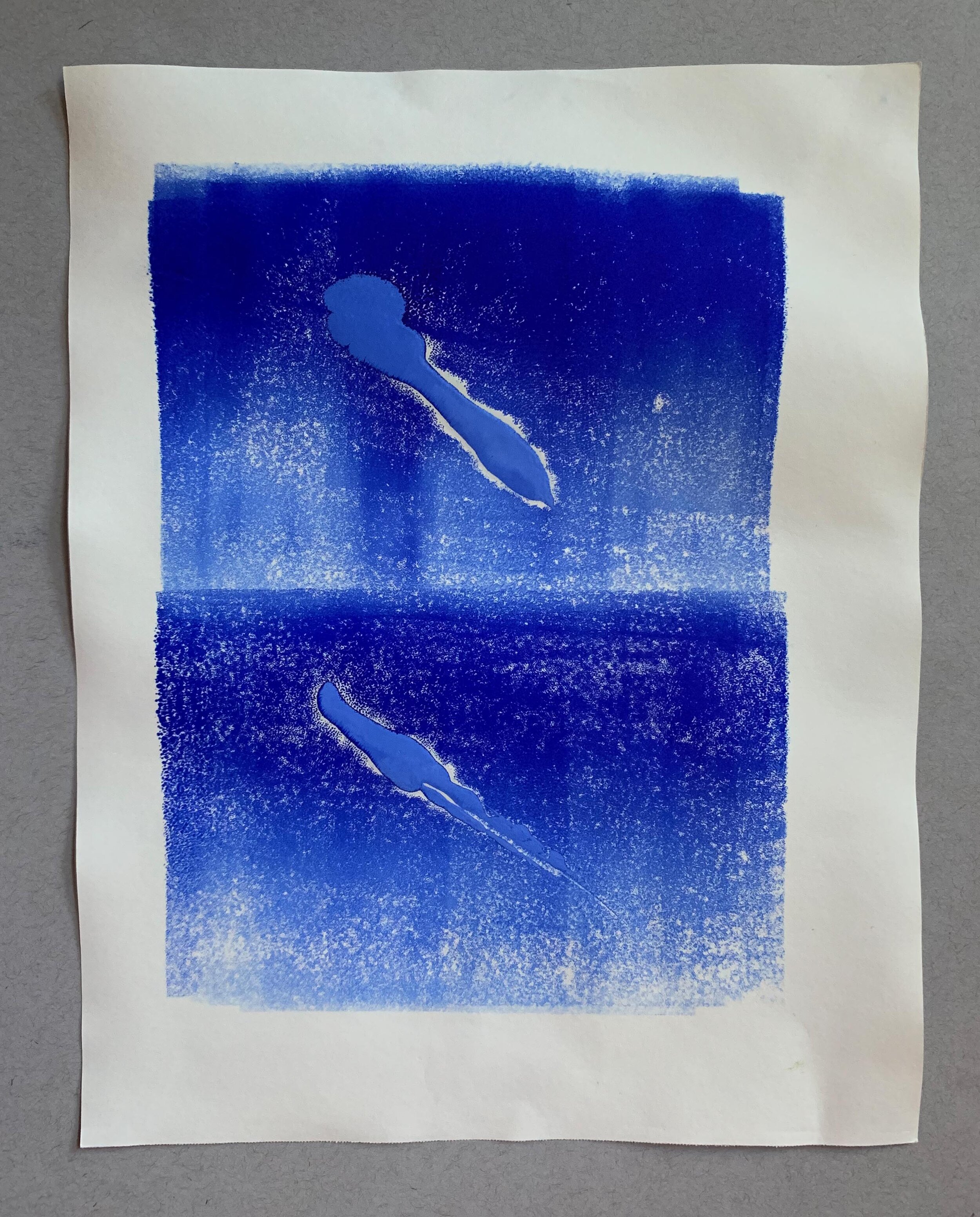I arrived at Penland School of Craft on Sunday January ninth in the afternoon. It was a long day of travel to get from Denver to Asheville, after many hours of being double masked I was finally able to take a deep breath as I walked up to the paper studio.Since arriving I have spent a majority of the time preparing fibers to be used for various projects.
The first day in the studio I soaked a pound and a quarter of bleached abaca. In the past I’ve been drawn to abaca because of its luminous qualities. Even thicker sheets are able to emit a subtle glow. While the abaca was being beaten in the two pound Reina beater, I went on a hunt for my packages. Once located I hauled myself back to the studio and eagerly unbound my fibers from the box in which they were thoughtfully packed. Among the mix of fibers I had saved were two and a half pounds of cooked and bleached Thai Kozo. I purchased the kozo in February 2020, and like many things in that year, my paper making plans got a bit derailed. In March 2020, I stuffed the kozo into a crisper drawer and figured the time would come eventually. Here we are two years later, I cut the long fibers into inch and a quarter pieces and soaked them overnight. The Thai Kozo was beaten for three and a half hours. The slurry came out so smooth and fine, I am eager to see what it looks like when dried.
Among the precious parcels were three bags of bleached jute that had already been beaten for three hours. I decided to beat it for another hour, I have used the three hour jute before, so I am curious to see what an extra hour will do. I added/will add sizing and formation aid in adjusted quantities to all my mixtures.
On Tuesday after emptying the beater of the kozo, I filled it up with water once again and began to beat the bits of recycled paper I had cut down the day prior. This mixture is the core of the project I would like to complete while here at Penland. The recycled paper is a mix of journal entries, pages of a planner that was well loved, and various pieces of printer paper containing important documents or records of the various ways I’ve spent my time. At first the slurry looked murky, the ink from countless pen strokes and toner that covered page after page, darkened the water. After swirling around for four hours, finally the recycled paper was ready. The slurry took on a lovely light grey color, with hints of violet. It turned out more beautiful than I could have imagined. I don’t want the paper to look obviously recycled, I’d like it to take on a new life and have little evidence of its previous use.
Today, the third day of the residency, I was able to pull some sheets of kozo and recycled paper. The mold and deckle I am using is 18”x24”, my experience making paper at home restricted me to sheets no greater than 9”x12”.
Forming larger sheets is so satisfying! It takes much more effort to plunge the mold and deckle into the vat and even more strength to remove it. Couching the sheets onto the pelons was a bit tricky at first, but after several imperfect attempts, I got the hang of it.
Before shutting down for the day, I stacked the formed sheets between some blotters and cardboard to dry overnight. As I drift off to sleep, I am excited to wake up and see what the fibers look like in their new form.









































































































